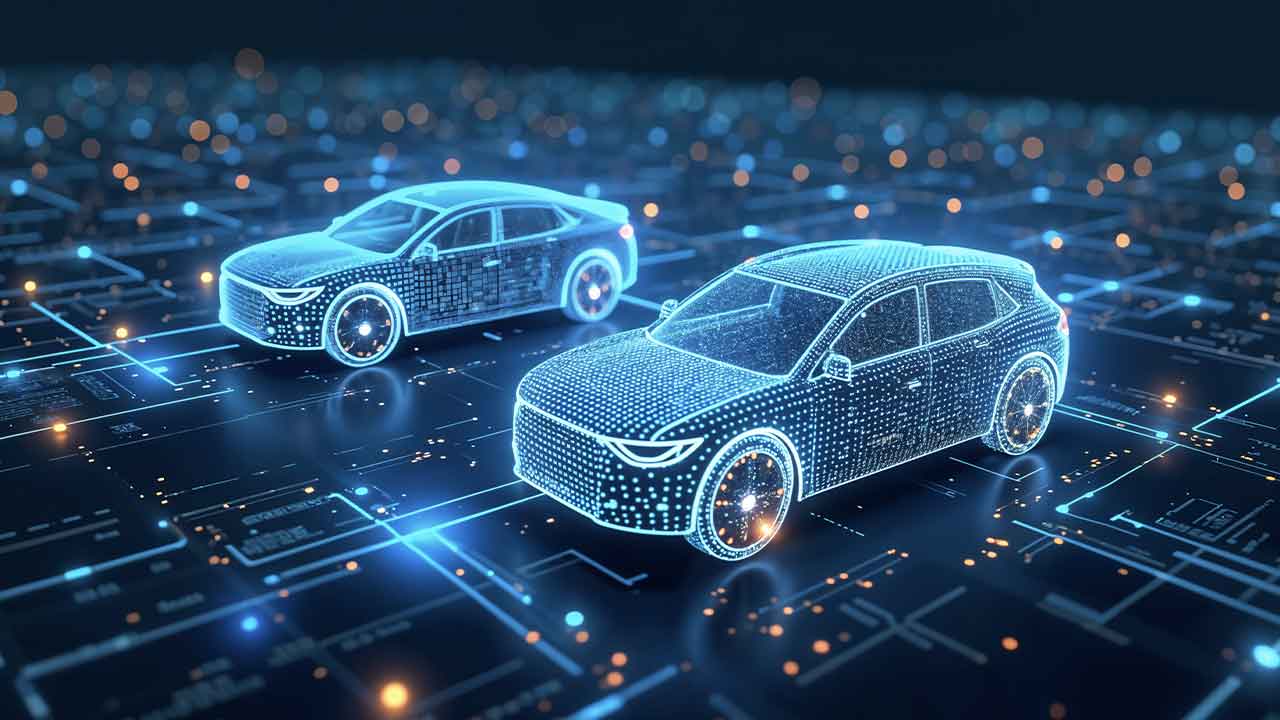[Ebook] 4 Prevailing Industrial IoT Use Cases | SPONSORED
Industrial IoT is at a transition point. While the number of connected devices continues to grow at a rapid rate, IoT is no longer just about monitoring equipment behavior. Increasingly, the value of IoT comes from collecting machine data and then analyzing and drawing out insights for quick action. Specifically, when IoT is combined with sophisticated analytics to rapidly process the vast amounts of data it receives, new use cases for industrial IoT emerge. This eBook discusses four use cases that you need to pursue for quick, actionable insights.
IIot Use Cases in Industrial Applications
Industrial applications require lots of energy. In the U.S., the industrial sector accounted for more than a third of the total U.S. energy consumption in 2019. More and more, organizations are looking to industrial IoT for help in better understanding energy use, how to manage it, and how to reduce consumption and costs.
The ability to access energy information and effectively analyze real- time data to extract key indicators is a crucial factor for successful energy management. The problem most industrial organizations face is that they can only monitor aggregated energy consumption for an entire facility. They lack real-time visibility into energy efficiency on the shop floors.
That’s where industrial IoT comes in. A suitable IoT implementation can provide granular data about consumption needed to monitor usage. Analysis of that data can detect abnormal energy consumption patterns and quantify energy efficiency gaps.
Examples of IIoT Use Cases
A plant might use IoT to monitor the energy performance for each machine on a shop floor, capturing data such as power consumption and process operating parameters like temperature, pressure, operating speed, etc. Data collected from monitoring is used to understand the level of energy use in that moment.
That data can be examined for usage patterns upon which actions are taken. A plant may find that an older piece of equipment is using much more energy than a new model. A simple calculation might find that it makes sense to replace the unit with a more energy-efficient model.
Another use of the data is to time-shift heavy energy use. Monitoring via IoT may detect machines that have high consumption during peak energy times. In locations that have time-of-day or variable pricing rates based on demand, such information can be used to run those machines at times when costs are lower.
Other Use Cases of IIoT
There are other uses for IoT and smart energy management besides helping to reduce energy costs. A facility can gather and analyze energy usage data and use the information to develop corporate sustainability goals. Similarly, the data and insights can be used to forecast biweekly energy requirements and share that information with a power provider. And manufacturers can prove to the government they have applied technology and practices to optimize energy consumption to get tax deductions.
This is an excerpt from the ebook written by RTInsights, sponsored by Siemens.



